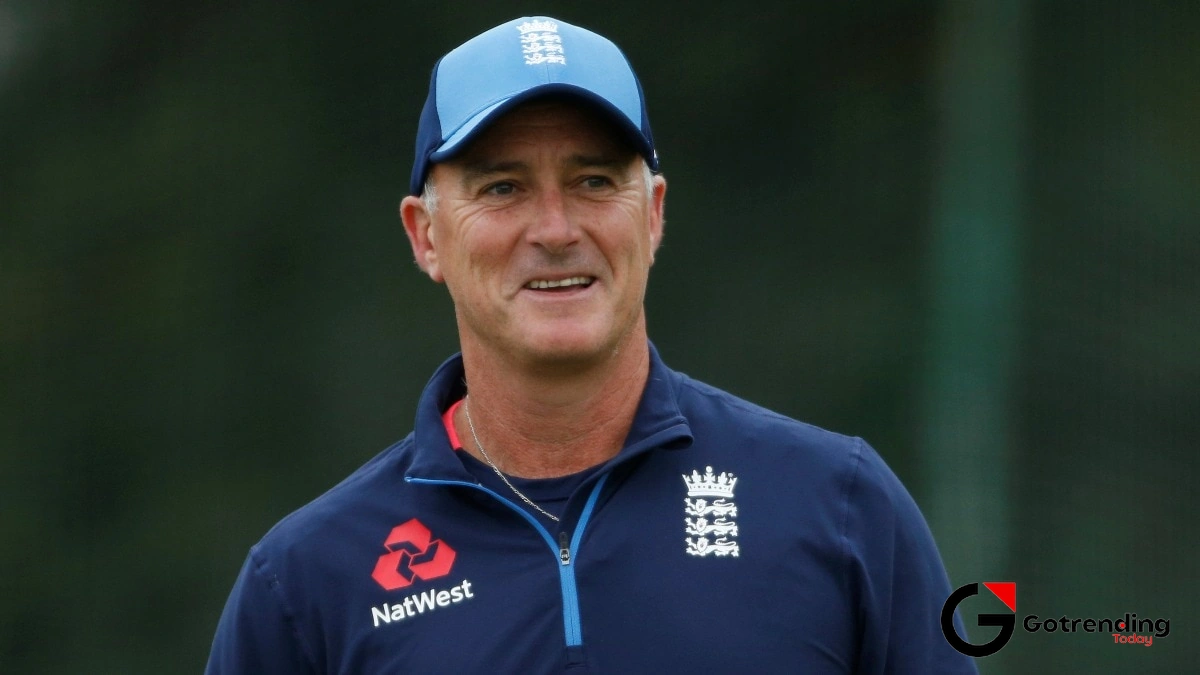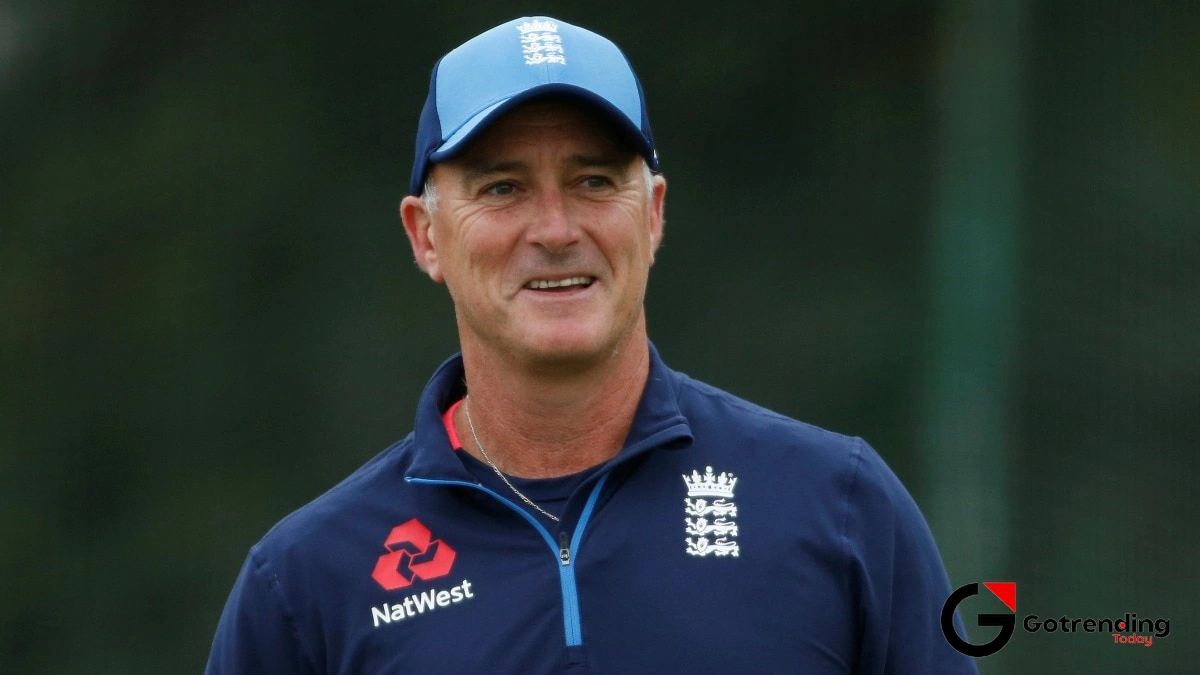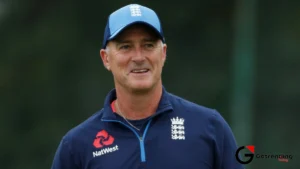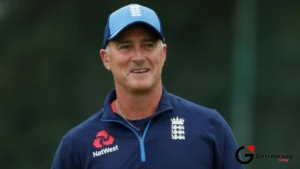He Was The Glue | Thinking About Graham Thorpe
The news about Graham Thorpe hits you differently. It’s not the shock of a sudden, tragic accident, but a slow, creeping sadness that has finally found its conclusion. We knew he was unwell, fighting a battle far more difficult than any spell from Ambrose or Warne. And yet, the finality of it all still lands like a punch to the gut. It feels like a foundational piece of the cricket I grew up with has been chiselled away, leaving a noticeable void.
He was never the flashiest. Never the one you’d see on highlight reels for a monstrous six into the stands. In an era of burgeoning flamboyance, Thorpe was the antithesis. He was all substance, all grit, all fight. He was, for a decade, the glue that held a fragile and often frustrating England cricket batting lineup together.
And I keep coming back to that word. Glue. But the more I think about it, the more it feels inadequate. Glue is passive. It just holds things. Thorpe was an active force. He was the high-tensile rebar inside the concrete, the bit you couldn’t see but the one that gave the entire structure its integrity. Without him, the whole thing would have crumbled far more often than it did. And believe me, it crumbled a lot.
The Art of the Nurdle and the Will of a Fighter
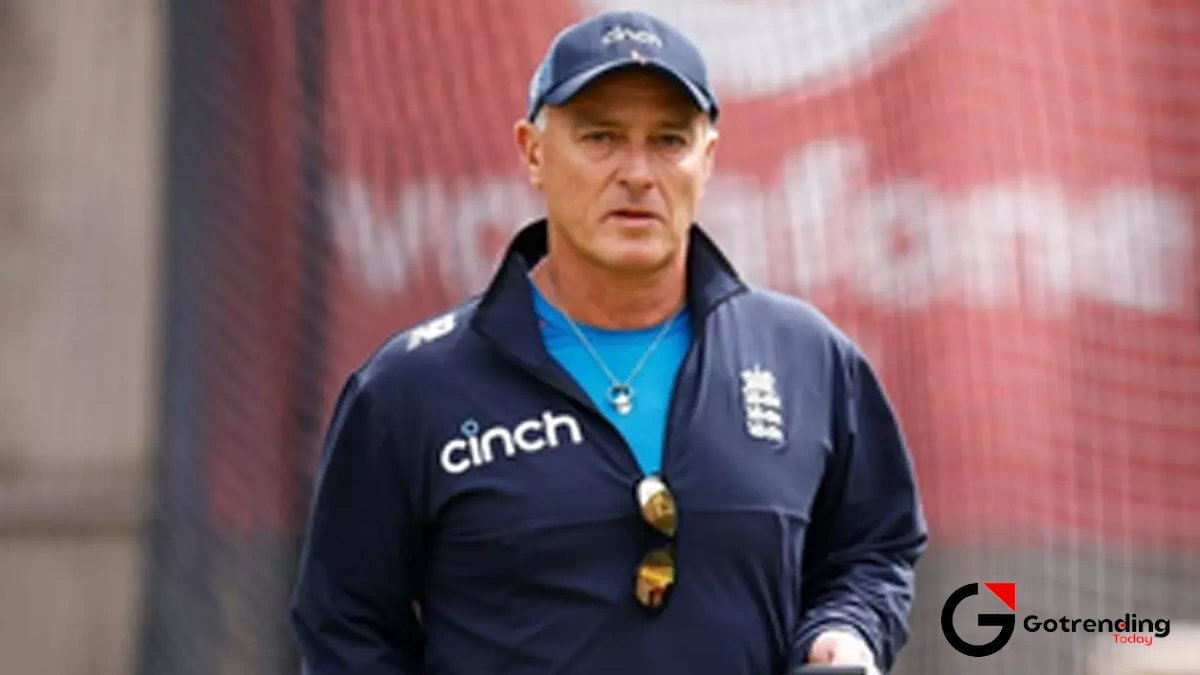
What did it look like to watch Graham Thorpe bat? It was a study in controlled aggression and magnificent improvisation. He had this signature crouched stance, low to the ground, almost like a predator waiting to pounce. From that position, he could unleash a savage square cut that scorched the grass to the boundary or play a delicate late cut that whispered past the wicket-keeper’s gloves.
He was a master of manipulating the field. The “nurdle,” that quintessentially English act of just pushing and prodding the ball into gaps for ones and twos, was his bread and butter. It drove opposition captains mad. They’d pack the field, try to dry up the runs, and Thorpey would just… find a way. A push here, a deflect there. The scoreboard kept ticking. The pressure would mount on the bowler, not the batsman. It was a subtle form of dominance.
But don’t mistake that for a lack of power. I vividly remember his hundred against a formidable Pakistan attack in Lahore in 2000. It was an innings of pure genius on a spinning track, culminating in a series-clinching victory in the dark. He made a mockery of Saqlain Mushtaq, one of the world’s best spinners at the time. That innings, perhaps more than any other, defined the Graham Thorpe cricketer experience: when the chips were down, when conditions were at their toughest, he was the man you wanted at the crease. He was a true warrior of Test cricket .
Trying to describe his unique genius in a single word feels like an impossible daily puzzle, perhaps even more challenging than finding today’s Wordle answer. He was complex, resilient, and always, always fighting.
From Player to Mentor | The Coaching Chapter
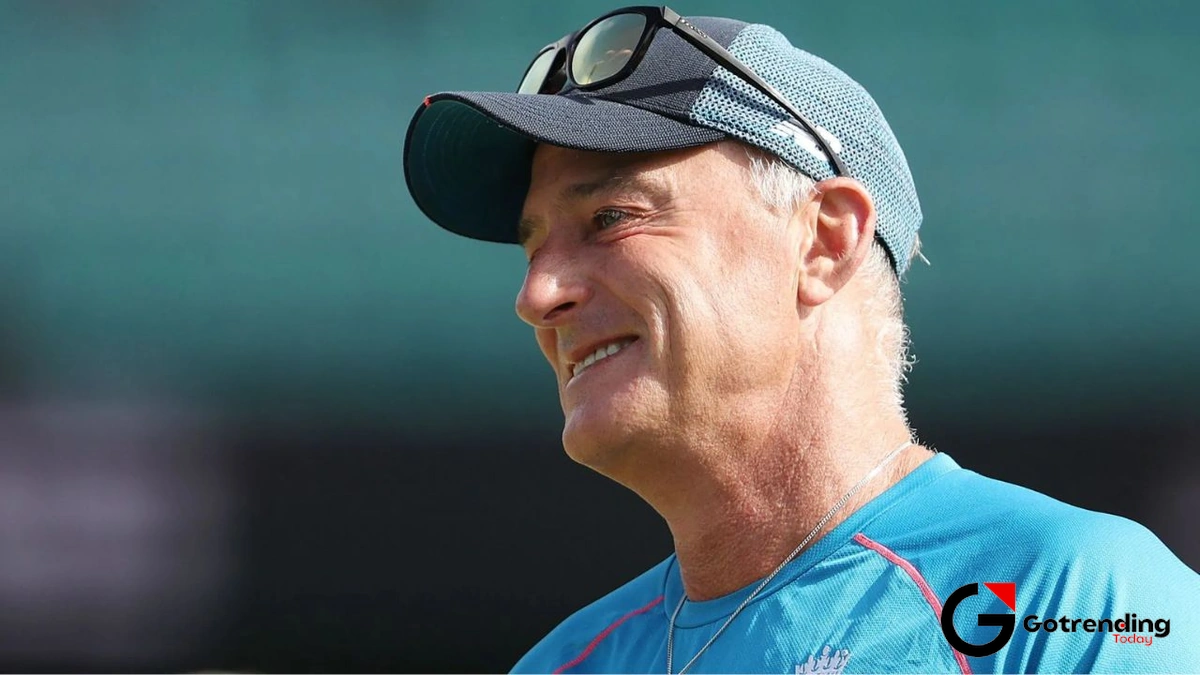
It was almost inevitable that his post-playing life would involve coaching. You don’t possess that kind of cricketing brain, that deep understanding of the craft of batting, and just walk away. His coaching career was extensive, most notably as a batting coach for England. You could see his fingerprints on the techniques of players like Ollie Pope and Zak Crawley – that emphasis on positive intent, on finding ways to score, not just survive.
Of course, his time with England wasn’t without its controversies, but the players who worked with him spoke of a man who cared deeply. A man who understood the mental pressures of the game because he had lived them so intensely. He wasn’t just teaching them how to hit a cricket ball; he was teaching them how to build an innings, how to think their way through a challenge.
And then came his role as the head Afghanistan coach . It felt like a perfect, if surprising, fit. Here was a team brimming with raw, untamed talent but in need of the structure and tactical nous that Thorpe embodied. A team of fighters being led by one of cricket’s ultimate fighters. Sadly, illness prevented us from ever seeing what he could have truly built with them. The news that he had stepped down due to his health was a gut-wrenching precursor to what was to come, a story confirmed by many sources including a moving tribute in The Guardian .
He was a man who understood the game’s volatility. The 90s England team he anchored often had a performance chart that was all peaks and valleys, a kind of chaos that market watchers might recognise. In a way, he was the calm hand in a situation that felt as unpredictable as the market’s fear index, a fascinating concept you can explore when decoding the India VIX .
The Man They Called ‘Gatt’
For all his on-field intensity, there was a different side to the Surrey legend . He was a private man, and it’s important to remember he faced personal struggles away from the pitch, struggles he spoke about with honesty. It adds another layer to the immense mental fortitude he displayed on it. To perform at that level while navigating the complexities of life is something few of us can truly comprehend.
His passing at just 54 feels profoundly unfair. It’s a reminder of the fragility behind the perceived strength of our sporting heroes. We see the square cuts and the determined glares, but we don’t see the full person. Graham Thorpe was more than just a gritty left-hander ; he was a father, a husband, a coach, and a mentor whose impact resonated far beyond the boundary rope.
He leaves a legacy not of staggering statistics (though his were very, very good) but of something more intangible. A legacy of resilience. Of what it means to fight for every single run, for every single session, for your teammates. In an age of T20 pyrotechnics, his brand of stubborn, sleeves-rolled-up batsmanship is a craft we may not see again in its purest form. And the game is poorer for it.
FAQs About the Legend, Graham Thorpe
What made Graham Thorpe such a special batsman?
It was his combination of grit and skill. Thorpe wasn’t just a blocker; he was an incredibly busy and inventive player. He was known for his brilliant square cut and his ability to work the ball into gaps (“nurdling”) to rotate the strike constantly. What made him truly special was his temperament. He thrived under pressure and produced some of his best innings when England were in deep trouble, making him the team’s reliable anchor for a decade.
What was Graham Thorpe’s role with the Afghanistan cricket team?
Graham Thorpe was appointed as the head coach of the Afghanistan men’s national team in March 2022. It was a significant move, seen as bringing elite-level experience to a talented but developing side. Unfortunately, he fell seriously ill shortly after and had to step away from the role, never getting the chance to fully implement his vision for the team.
Why was he nicknamed ‘Gatt’?
The nickname ‘Gatt’ is a reference to the Gatting gun, which itself is a play on the name of former England captain Mike Gatting. Thorpe, like Gatting, was a stocky, powerful, and combative left-handed batsman. The nickname was a term of endearment among teammates that stuck, perfectly capturing his fighting spirit and solid build.
Is it true Graham Thorpe was one of the first to score an ODI hundred for England without a six?
This is a famous piece of Thorpe trivia. Yes, he was renowned for his ability to score quickly without relying on big sixes. In 1999 against Australia, he scored a brilliant 104 not out, an innings that included 13 fours but famously, no sixes. While not the absolute first to do it, it was a classic Thorpe innings that perfectly encapsulated his style: busy, effective, and grounded in pure cricketing shots.
What was the Graham Thorpe cause of death?
The official Graham Thorpe cause of death has been linked to a period of serious illness. In May 2022, the Professional Cricketers’ Association (PCA) announced he had been hospitalized and was receiving treatment. His family requested privacy during what was a very difficult time. His passing in May 2024 at the age of 54 was the result of this prolonged and serious illness.
